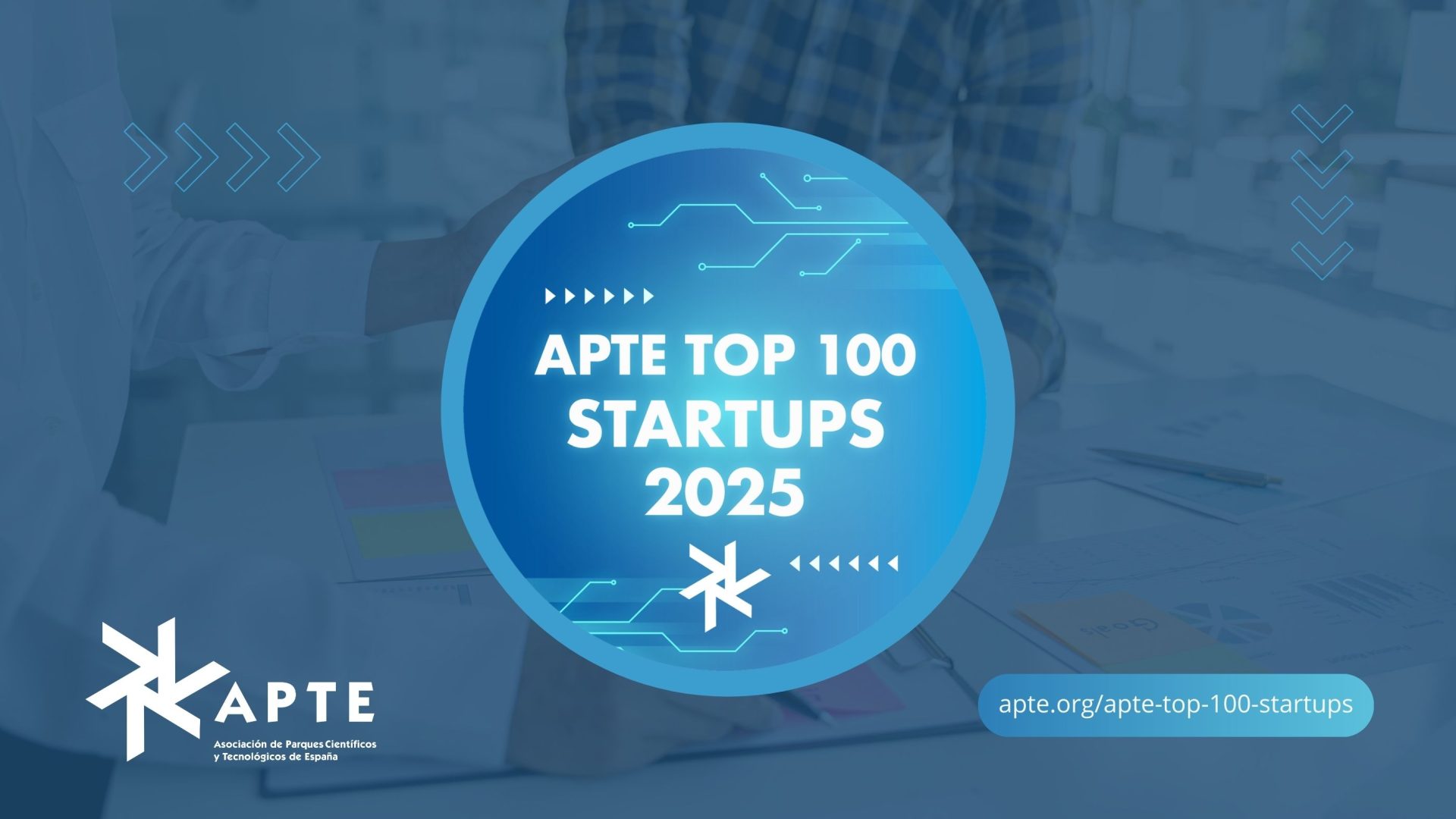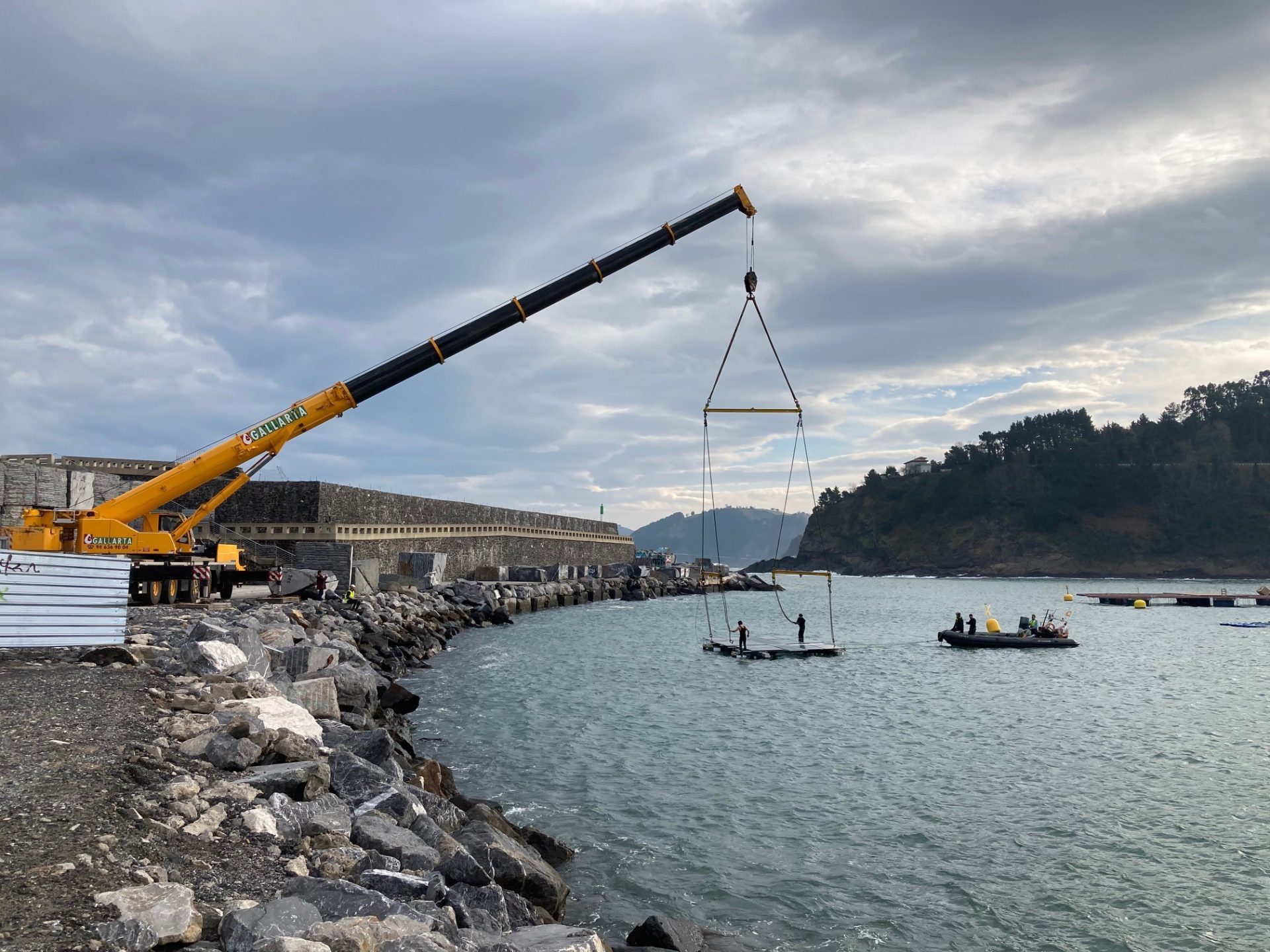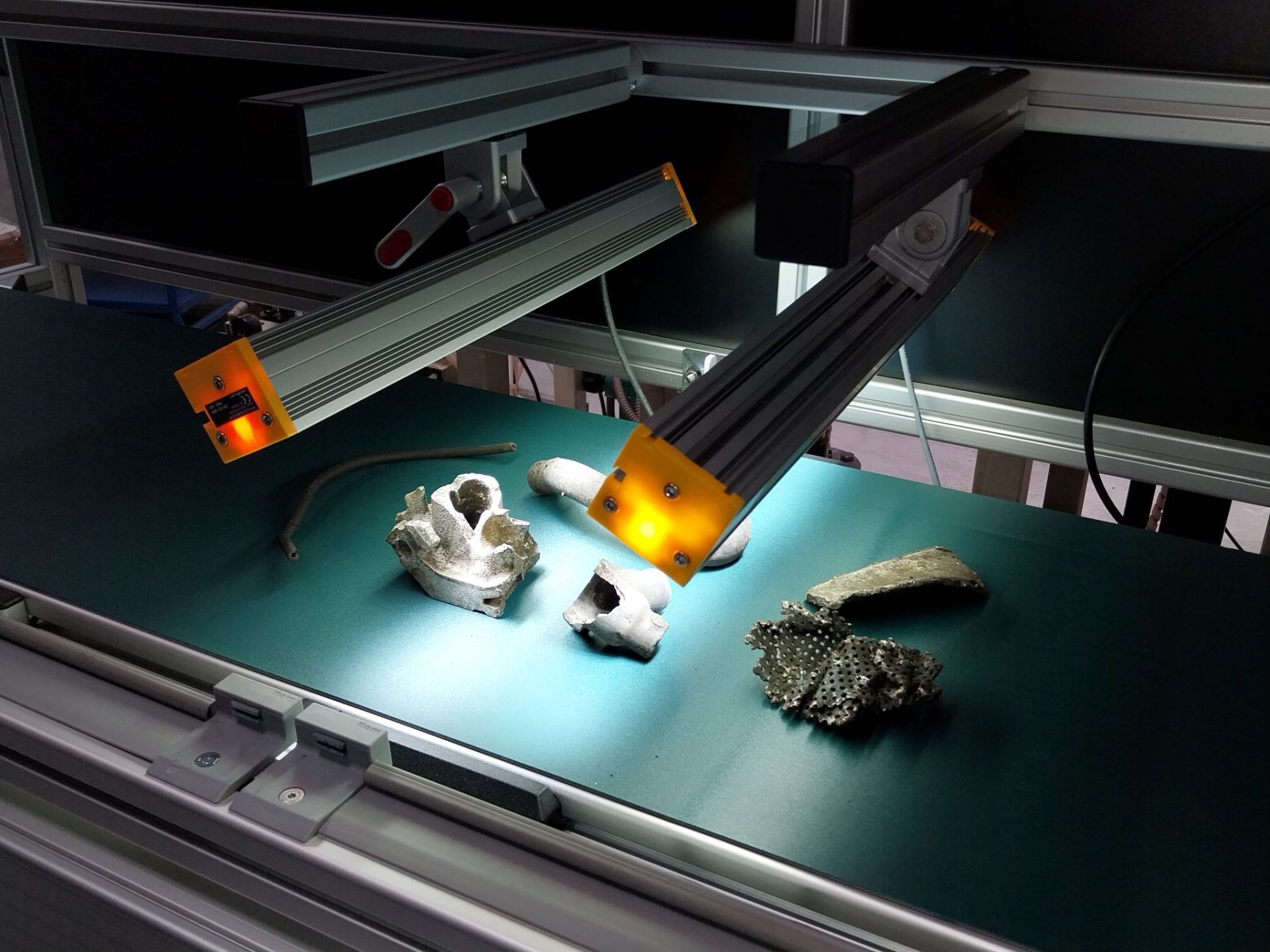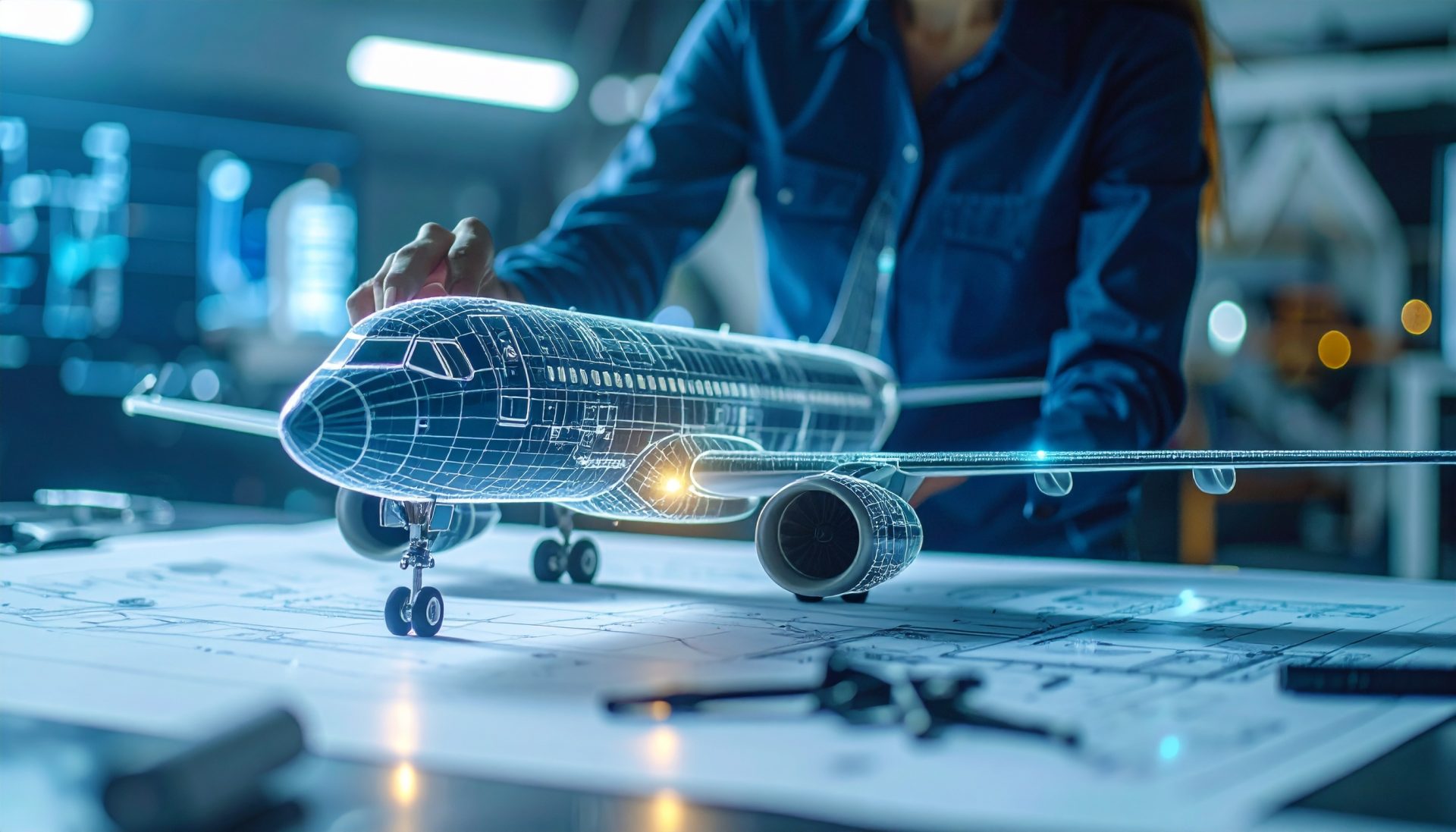The space sector meets to promote “the Spanish space industry in the face of new global challenges”

On 3, 4 and 5 July, the “2nd Conference on SmallSats” organised by SATLANTIS, in collaboration with the “11th Conference on Space Telecommunications” of HISPASAT took place as part of the Summer Courses 2023 of the Menéndez Pelayo International University (UIMP) at the Palacio de la Magdalena in Santander.
The event brought together leading representatives from the space, scientific and technological fields, including the Spanish Government (like the Ministry of Science and Innovation), the CDTI, the Spanish Space Agency, the European Commission, the ESA, various scientific agencies (such as EU SatCen) and organisations (such as IFCA, ICGC, INGV), academics and different companies.
The Spanish space sector is immersed in a dynamic process of change driven by disruptive technologies that are revolutionising all areas of the value chain.
Through dialogues and round tables, the most relevant issues in the sector were discussed, fostering progress and collaboration in this constantly evolving field.
At the inauguration of the course, Jordi Hereu, Cristina Garmendia, Antonio Abad, and Juan Tomás Hernani highlighted the economic role played by the space sector, especially in areas such as Earth Observation and Telecommunications. Teresa Riesgo, Secretary General for Innovation, emphasized the importance of such meetings in addressing challenges through collaboration and seeking solutions. Carlos Andradas, the Rector of UIMP, welcomed the course attendees.
During these three days, the current and future challenges and opportunities of the Spanish space industry have been addressed. Among the present companies were Euroconsult, Thales Alenia Space España, Telespazio Ibérica, DHV Technology, ALÉN Space, SATELIOT Space, DEIMOS space, PANGEA Aerospace, SPACE X, Arianespace, PLD, Airbus, Indra, GMV, SENER, Aicox Soluciones, TUBITAC UZAY, IFCA, ICGC, E-GEOS, OHB, Iceye, Supersharp, SATLANTIS, and HISPASAT, providing their perspectives from the industry.
Cristina Garmendia, Honorary President of SATLANTIS and former Minister of Science and Innovation, added that Spain is in an optimal position to lead the space field. With the new European Space Agency, a unique opportunity arises as traditional space converges with the New Space, represented by emblematic companies leading international missions. She emphasized the importance of government collaboration, companies, economy, and science in generating new opportunities to address current societal challenges.
Juan Tomás Hernani, CEO of SATLANTIS and course director, highlighted the importance of uniting the Spanish space industry in this forum, observation and communications, large and small satellite companies, incumbents and NewSpace companies, as well as the government, stating that “the most important thing is this joint vision.” SATLANTIS CEO pointed out how the sector needs to address the planet’s upcoming challenges through collaboration, with the internet linked to territorial imagery and a focus on aspects such as the environment, and that “small observation satellites, which are redefining their fields of application, will play a major role in meeting the planet’s challenges”. For example, the only way to measure the effects of emissions like CO2 and methane is through space using current satellites; and he mentioned prominent projects such as SATLANTIS’ high-resolution methane detection satellite, GEISAT, and Spain’s first scientific mission led by the ESA, ARRAKIHS.
On the other hand, Jordi Hereu, President of HISPASAT, pointed out that the sector is currently going through a disruptive phase and emphasized the importance of sharing experiences and exploring collaboration possibilities to address current challenges.
Miguel Bello, Aerospace PERTE Commissioner and interim Director of the Spanish Space Agency (AEE), discussed the new competitive space projects offered by Spain.
Elisa Mendoza, Chief of Staff of the General Secretary of Innovation and President of the Permanent Commission of the Spanish Space Agency, contributed to the session on environment, regulation and satellites.
The closing speech was given by María González Veracruz, Secretary of State for Telecommunications and Digital Infrastructures, Carlos Andradas, Rector of UIMP, Miguel Ángel Panduro, CEO of HISPASAT, along with the two course directors Juan Tomás Hernani, CEO of SATLANTIS and Antonio Abad, Technical Director of HISPASAT.
Conclusions
The event represented a significant advancement for the Spanish space sector – which is undergoing transformation – fostering collaboration, adaptation, and progress in this period of change: a comprehensive event covering all aspects of the Spanish space sector, from disruptive technologies serving users to public-private collaboration and outreach to society.
The Spanish Space Agency (AEE) presents hope for achieving greater independence in the Spanish space sector by promoting a multi-year budget and focusing on efficiency to face future challenges, providing financial stability and allowing for long-term planning. The importance of internationalization for the future of the Spanish space sector was emphasized; in a globalized world, it is crucial to seek strategic alliances with other space agencies and private companies at an international level; fostering collaboration and the exchange of knowledge and technologies.
As a result, this event achieved an overview of the Spanish space industry in the global context. The importance of government and public-private collaboration was highlighted, which is expected to drive innovation, research, and the development of advanced technologies. It also raises the need to adopt a more independent approach, aiming to reduce dependence on public funds and generate revenue through commercial and market initiatives.
In her closing speech, María González Veracruz, Secretary of State for Telecommunications and Digital Infrastructures, stated: “This meeting is an example of collaboration between these two generations of the aerospace industry, of public-private collaboration that is essential and remains key for the consolidation of the sector” and, in line with what has been discussed throughout the sessions, she concluded that “We will do more, we will do it together, we are laying the foundations for a space future in which Spain will play a prominent role.”
Their collaboration and commitment strengthened the space community and fostered valuable exchange of ideas. It is expected that the conclusions drawn will drive the continuous growth and development of the space industry in Spain.





